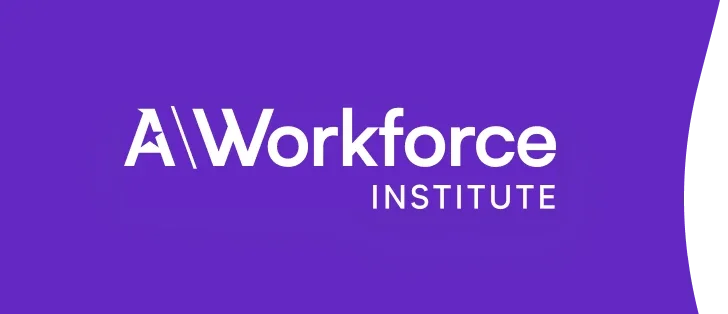4 ways to improve productivity in your workforce

This resource is brought to you by:
Topics Covered:
Productivity and Performance
Rewards and recognition
As HR leaders search for ways to drive productivity in the workforce, the challenge becomes clear: Traditional metrics like call times or orders processed don’t cut it anymore.
In fact, Achievers Workforce Institute found that only 25% of employees feel they’re working at their full potential. So, how do you unlock your team’s true productivity and drive meaningful results? It starts with understanding the right strategies.
How recognition drives productivity in the workforce
Recognition is a proven driver of productivity. Employees recognized weekly are three times more likely to report being at their most productive. When supported by an effective recognition platform, the impact is even greater. Achievers platform users are twice as likely to say they’re productive and 62% more likely than users of other platforms. Want to drive productivity in your workforce? It starts with recognition.
In 4 ways to improve productivity in your workforce, we explore how recognition, feedback, connection, and manager effectiveness are all critical components in driving productivity.
Cultivating a culture of recognition
One of the biggest differences we see is with respondents who say their organization has a strong culture of recognition. These respondents are more than twice as likely to say they are their most productive selves at work. This shows the true power of recognition. When it becomes a core part of your organization’s culture, it not only boosts productivity but also drives lasting success across teams.
To drive productivity in the workforce and unlock your workforce’s full potential, recognition is key. Download 4 ways to improve productivity in your workforce to access proven strategies that will help you build a recognition-driven culture rooted in productivity and success.
“Just 25% of surveyed employees strongly agreed that they were their most productive selves at work”
Report: 4 ways to improve productivity in your workforce

Join our mailing list
Stay up to date with the latest in workforce science from Achievers Workforce Institute.